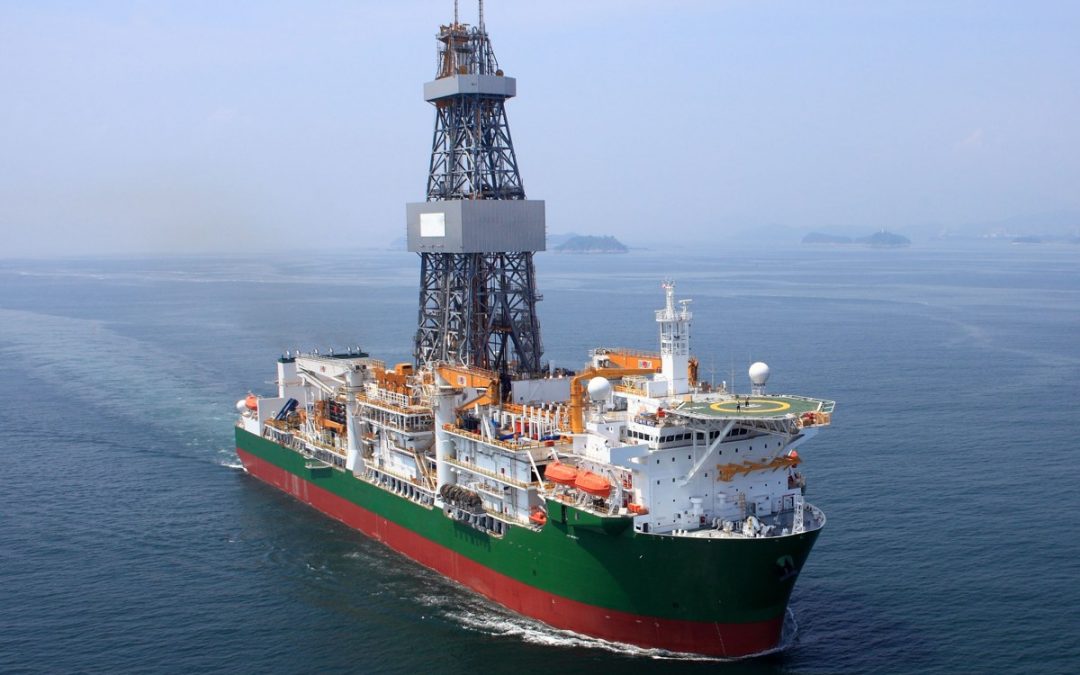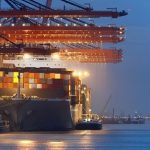Deepwater drillers Transocean and Valaris see a bright outlook for rig assets in global markets over the next few years, with increasing demand from recent discoveries and development projects as supply continues to tighten, the companies’ CEOs said in separate first quarter earnings calls May 2.
As one of many measures of the buoyant market for deepwater oil and gas, Transocean said its contract backlog was $900 million in Q1, countering the lull seen during the period in years past.
“This is more than double the backlog we added in first quarter 2022 and more than seven times the backlog we added in first quarter 2021,” Transocean CEO Jeremy Thigpen said. “We believe this is another clear indication of the sustainability of this constructive market environment.”
Valaris CEO Anton Dibowitz said upstream spending is expected to increase 15% in 2023, and further increments are predicted in 2024-25 as a favorable macro environment and higher E&P capex have led to expanded floater and jackup activity.
“The number of contracted benign-environment floaters has increased from lows in late 2020 and early 2021 and recently has returned to pre-COVID levels,” Dibowitz said.
A March presentation by S&P Global Commodity Insights said combined global demand for both shallow-water jackups and deepwater floater rigs was 532 units, the same as in October 2019, while floater demand was 140 units, similar to levels in October 2018.
Harsh-environment rig demand goes global
A predicted tightness in the supply of high-specification, harsh-environment semisubmersible rigs— traditionally a rig suited to and mostly used offshore Norway — has begun to materialize as demand for the class is increasing in other global markets, including Australia, the Mediterranean and Libya, Thigpen said.
“We see multiple upcoming long-term developments on the horizon in Norway, [so any] departure of these assets from that region is meaningful,” he said. “If demand continues to materialize as we expect, by the end of 2024 we anticipate future projects in Norway will require several of these rigs to return. And to lure them back, significant mobilization fees and higher day rates will be required.”
Thigpen sees “strong” competition among operators, especially in Australia, to secure the best and most capable rigs, along with an increased willingness from customers to pay higher contract preparation costs.
While the harsh-environment market is pricier, benign-environment rigs, notably ultra-deepwater drillships, are also fetching higher day rates, with top-tier sixth- and seventh-generation units commanding $400,000-$450,000/d and utilization at nearly 100%, Thigpen said. By year’s end, Thigpen expects leading-edge rates to exceed $500,000/d.
Across the Golden Triangle, East Africa and Mediterranean, Dibowitz currently sees 20-25 opportunities in next couple of years for ultra-deepwater floaters with expected durations greater than a year.
“While demand is increasing, the pool of available rigs is shrinking,” he said. “We believe there to be no more than 10 competitive rigs remaining amongst the stacked drillship fleet.”
Customers seek longer rig terms
The behavior of E&P customers has changed accordingly, as they seek to secure rigs for longer terms; in some cases, more than three years. This trend is expected to continue as access to available and desirable rigs becomes more difficult, Thigpen said.
Demand in Brazil, a large consumer of available rigs, is strong, Thigpen said. In West Africa and the Mediterranean, demand for floaters should be up over the next 18 months, as multiyear programs take shape in Angola, Egypt and Cyprus. In Namibia, rig demand is materializing after recent discoveries by Shell and TotalEnergies in the Orange Basin.
In the US Gulf of Mexico, a 30% uptick in number of deepwater blocks in the region’s March lease sale compared to the November 2021 sale is encouraging, Thigpen said, noting he sees “strong activity for the foreseeable future.”
Dibowitz noted “very few” ultra-deepwater floaters have exited the US Gulf, indicating “demand there will remain strong.”
Valaris has seen the number of shallow-water jackup rigs contracted increase 15% from lows in early 2021 to the highest level since mid-2015. Dibowitz said active jackup utilization is about at 90% and day rates are in the low- to mid-$100,000s/d, with leading-edge rates continuing to trend upward.
“We believe many of the jackups that are currently idle are not competitive, either due to their age or length of time stacked,” Dibowitz said. “One-third of the current jackup fleet is more than 30 years old, with limited useful life remaining.”
“Out of about 100 jackups currently idle, we count only 17 that are less than 30 years old, have been stacked for less than three years, and are in the top half of the global fleet rankings,” he added. “As a result, we believe that many of the stacked rigs will never return to the active fleet.”
Source: Hellenic Shipping News






